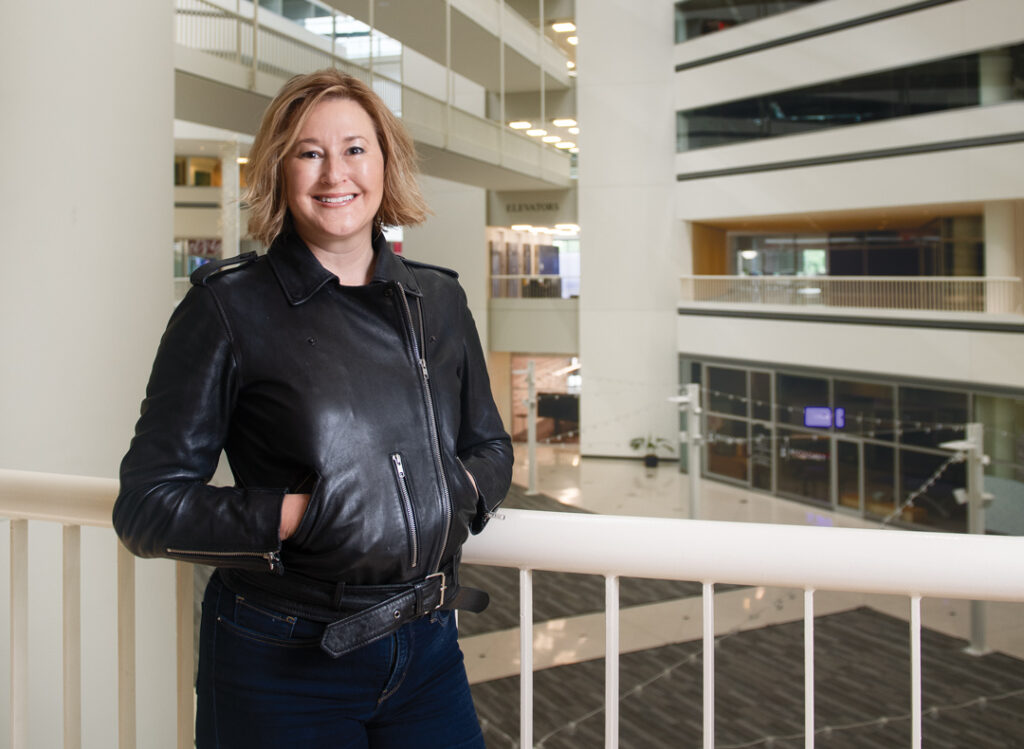Deflated Budget
Businesses cut pollution; state faces cash shortage

PERRY BEEMAN Mar 27, 2015 | 11:00 am
6 min read time
1,520 wordsAg and Environment, Business Record InsiderThe issue at a glance
– Iowa businesses have done such a good job of cutting air pollution, state fee collections for the emissions have dropped sharply.
– Those fees, paid on each ton of emissions, cover much of the tab for the state’a air quality bureau operations. Iowa spends less general tax money on air quality work intended to protect public health than many other states, leaving the businesses and their customers to pay most of the cost.
– A stakeholder group has proposed a new construction permit fee for small-scale polluters, as well as fees for reviewing notifications of projects that could involve asbestos removal. The air quality bureau has cut expenses too. The charge for the larger facilities would remain at $56 per ton emitted, the maximum allowed by current commission rules.
– The Iowa Legislature is considering a bill, Senate File 382, that would make the new fee structure law and set up special accounts for the money to make sure it goes to air quality bureau operations. The Iowa Environmental Protection Com-mission then would work with stakeholders such as the Iowa Association of Business and Industry to write a fee schedule.
The Iowa Department of Natural Resources is facing a serious cash shortage in its air quality permit program.
You could say the crunch came because Iowa businesses have done such a good job of cutting pollution.
Iowa runs its air quality program — which is responsible for protecting Iowans’ health — largely on permit fees from facilities that generate a lot of pollution. The fee is assessed on each ton of certain pollutants a facility emits. So, for example, if a manufacturing plant emits less, it pays less.
“We are all victims of our own success,” said William Ehm, who heads the state environmental protection division. “The companies have really cut pollution.”
At the request of the Iowa Legislature, the DNR assembled a 30-member stakeholders group to look for ways to address the budget shortfall. That report came out in November, and is reflected in proposed legislation, Senate File 382, formerly Senate Study Bill 1222.
The stakeholders’ plan would leave the $56 per ton of emissions fee for large emitters the same, in part because of the air quality bureau’s cost-cutting measures in the past several years. The so-called minor pollution sources would begin paying for construction permits. Companies with construction projects that involve asbestos also would face fees for the first time. Taxpayers would be asked to pay more, via legislative appropriations.
As it stands, large facilities account for 11 percent of total emissions but pay 75 percent of the bureau’s total program costs.
The stakeholders found that by 2019, the state’s air quality bureau would have an annual shortfall of $6 million unless something changes, despite a 12 percent cut in staff. That’s in part because receipts from the air permit fees have dropped 22 percent since the 2010 budget year. Aid from the state general fund fell 45 percent between 2005 and 2014.
Complicating things: Only 287 entities pay the large emitters fee, known as Title V, for the section of the federal Clean Air Act involved. The state has nine staffers to handle the complicated and tedious work involved with Title V; Linn and Polk counties handle those areas under contract.
Smaller sources of pollution have paid no construction permit fees for the 250 projects a year handled by three inspectors.
Emissions, revenue dropping
Those factors have affected the bottom line. The state used to take in $10 million a year in emission fees from large operations; now it gets $8.3 million. But regardless of how much the large plants emit, the state still has to review test results, review permit applications and ensure that environmental laws are not violated.
The proposal is to use the new fees to get back to $10 million in annual receipts, said Catharine Fitzsimmons, air quality bureau chief.
The bureau faces the same conundrum landfills have faced for years. The state told local governments they had to recycle more and send less waste to the landfills. But landfills run on a tipping fee based on the tons of trash buried there. So the better the landfills got at cutting wastes, the more financial pressure they were under. Landfill fees could only be raised so far without losing business.
The air pollution emission fees, which apply to pollutants such as sulfur dioxide, for several years have been pegged at $56 per ton emitted, the maximum allowed by the Iowa Environmental Protection Commission. While large emitters have paid those emission fees for five-year permits, smaller operations have not paid them. They also haven’t paid construction permit fees, something that has been proposed by the stakeholder group, which included the likes of Grain Processing Corp., the Iowa Association of Electric Cooperatives, Ag Processing Inc. and Alcoa Inc.
The state each year also receives 5,000 notifications of work at facilities that might contain asbestos. Some of the sites must be inspected because asbestos has to be disposed of in special facilities. The DNR has one inspector for that work, but stakeholders want the state to hire two more. The stakeholders group suggested new fees for the asbestos reviews.
The Legislature is considering Senate File 382, which would set up accounts for the cash and ensure that it goes to the proper air bureau expenses. The fee schedule has been drafted and could be reviewed by stakeholders in time to begin the new program on July 1, if the legislation passes, Fitzsimmons said.
The changes would increase the air bureau’s budget to about $14 million from just under $13 million.
This issue has been percolating for years. The state air quality bureau has always struggled to balance charging enough of a fee to get by while holding down expenses for businesses. Business groups have regularly lobbied to hold fees down, while the U.S. Environmental Protection Agency has moved to set new limits on pollution such as ozone.
Flood, recession cut emissions
Fitzsimmons said the department really started feeling the budget sting when massive flooding hit Iowa in 2008, and many industrial facilities cut production, and therefore reduced emissions. Then companies moved to cut emissions more to meet federal regulations and their own efficiency goals. The result — less money for the DNR. Emissions are expected to level off in 2017, Fitzsimmons said.
The bureau left 10 positions open in the air bureau over seven years, skimped on copiers, cut travel and reduced its vehicle fleet. In all, it saved $2.2 million.
The new plan calls for the state to kick in $2 million, but Gov. Terry Branstad has budgeted $1.5 million. Taxpayers’ share of the air quality bureau expenses has dropped to $704,000 from $1.3 million.
A National Association of Clean Air Agencies survey of 35 states in 2009 found that state and local governments covered 77 percent of the state air bureaus’ budgets on average. In Iowa, legislative appropriations cover less than 10 percent of the air quality bureau’s operations.
The stakeholders group, representing both large and smaller operations, found that many other states spend more from their general tax coffers on similar programs, in part because they are there to protect public health.
Some of those businesses have been subsidizing the whole state air operation. Fitzsimmons said it costs $20,000 to $40,000 for the state to do the work needed to issue Title V permits. But 35 facilities have been paying more than $40,000 for the five-year permits, led by MidAmerican Energy Co.’s Walter Scott Jr. power plant at $515,846. Other MidAmerican plants, Muscatine-based Grain Processing Corp., Muscatine Power & Water, the Archer-Daniels-Midland Co. corn processing plant in Cedar Rapids and several Alliant Energy Corp. power plants are among others paying more than $250,000 in permit fees.
The stakeholders group found that the bureau’s finances would start to become a problem in a few years, as emissions fell, then leveled off.
“It appears that any successful strategy for financial sustainability will require new fees and a larger contribution from the state,” the stakeholders report said.
The report also noted that changes in federal air pollution regulations have increased costs. “Amid increasing federal regulation and concern for public health, costs are expected to rise and revenue shortfalls will remain a common theme until the funding structure is diversified and the bureau becomes financially sustainable,” the report said.
Businesses seek taxpayer support
Businesses want taxpayers to do their part.
“User fees should be minimized as much as possible,” said Nicole Crain, vice president for government relations for the Iowa Association of Business and Industry, which represents both small and large emitters. “There should be general fund support, because pollution affects all Iowans, and the Legislature should have oversight.”
Many environmental groups and some politicians say polluters should pay for pollution, making user fees appropriate.
Ehm said he is staying out of that discussion. “We really don’t have a view,” he said. “We need money to run the program. We need the stakeholders and the Legislature to tell us what to do. We don’t care where the money comes from.”










